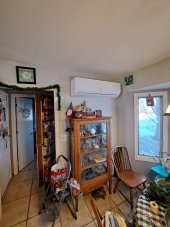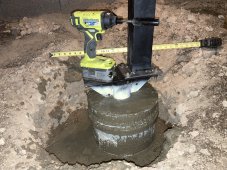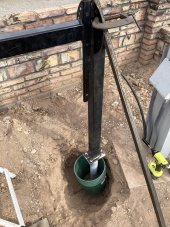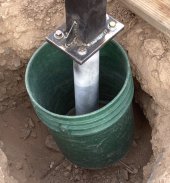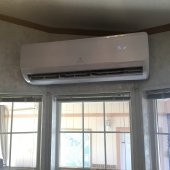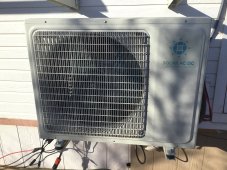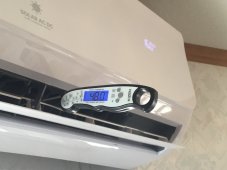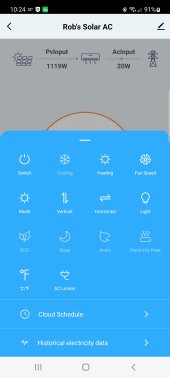Plum Crazy Rob
Solar Enthusiast
Dipping toes in Solar....got mine installed (DIY if not obvious..)
In my case, had to bring 220V from power pole due to no free space in house sub panel (future upgrade project)
Panels are Canadian 385W, note only 7 hooked up at the moment due to Voc concerns. DC breaker at panels, I have since corrected the backwards wiring on it. Chinese IMO DC disconnect on house. I'm so committed racks are on 5 gallon buckets of concrete buried (sarcasm).
It does what it was said to do. Heating 1000sq ft no problemo! Very happy so far!!! Had first partly cloudy day yesterday, AC fills the DC valleys to keep wild power swings at bay as some were wondering. Wichita KS current Solar hours 10AM - 4:30PM.
This is all Sig Solar too, very happy with them as well. Made an order change, they called me right back no prob.
More thoughts later.
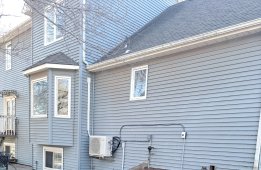
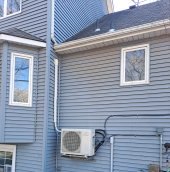
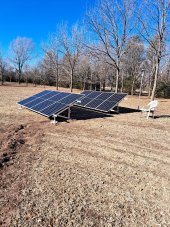
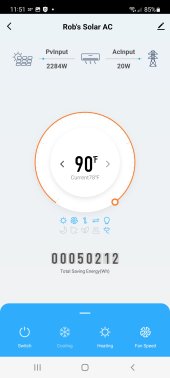
In my case, had to bring 220V from power pole due to no free space in house sub panel (future upgrade project)
Panels are Canadian 385W, note only 7 hooked up at the moment due to Voc concerns. DC breaker at panels, I have since corrected the backwards wiring on it. Chinese IMO DC disconnect on house. I'm so committed racks are on 5 gallon buckets of concrete buried (sarcasm).
It does what it was said to do. Heating 1000sq ft no problemo! Very happy so far!!! Had first partly cloudy day yesterday, AC fills the DC valleys to keep wild power swings at bay as some were wondering. Wichita KS current Solar hours 10AM - 4:30PM.
This is all Sig Solar too, very happy with them as well. Made an order change, they called me right back no prob.
More thoughts later.







